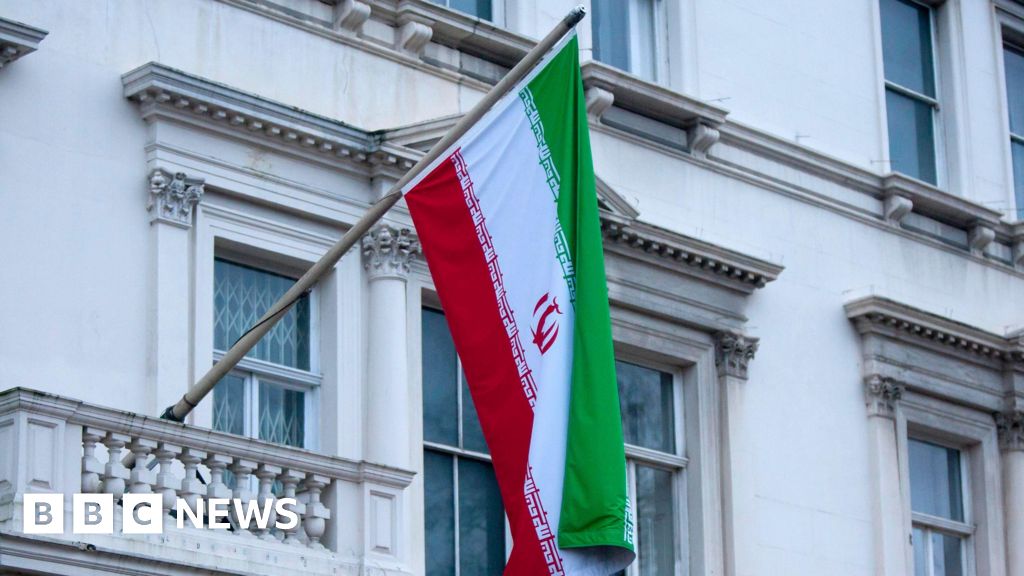Ayatollah Ali Khamenei, Iran’s supreme leader, who has spent more than three decades consolidating power by crushing internal threats, now faces his most significant challenge yet as Israel escalates its punishing air campaign against the Islamic Republic.
Israel has reportedly secured free rein over Iranian skies, actively targeting and decimating the country’s military leadership and nuclear programme.
The severity of the threat has been underscored by Israeli Defense Minister Israel Katz, who stated that Khamenei "cannot continue to exist."
The 86-year-old leader is now presented with a stark choice: escalate Iran's retaliation against Israel, risking even heavier damage from Israeli bombardment, or pursue a diplomatic solution that could keep the US out of the conflict, but potentially force him to abandon the nuclear programme that has been central to Iranian policy for years.
Despite the immense pressure, Ayatollah Khamenei struck a defiant tone in a video address on Wednesday.
He vowed that "the Iranian nation is not one to surrender" and issued a stern warning that any intervention by the US would bring "irreparable damage to them."
Here’s what you need to know about Khamenei:
He transformed the Islamic Republic
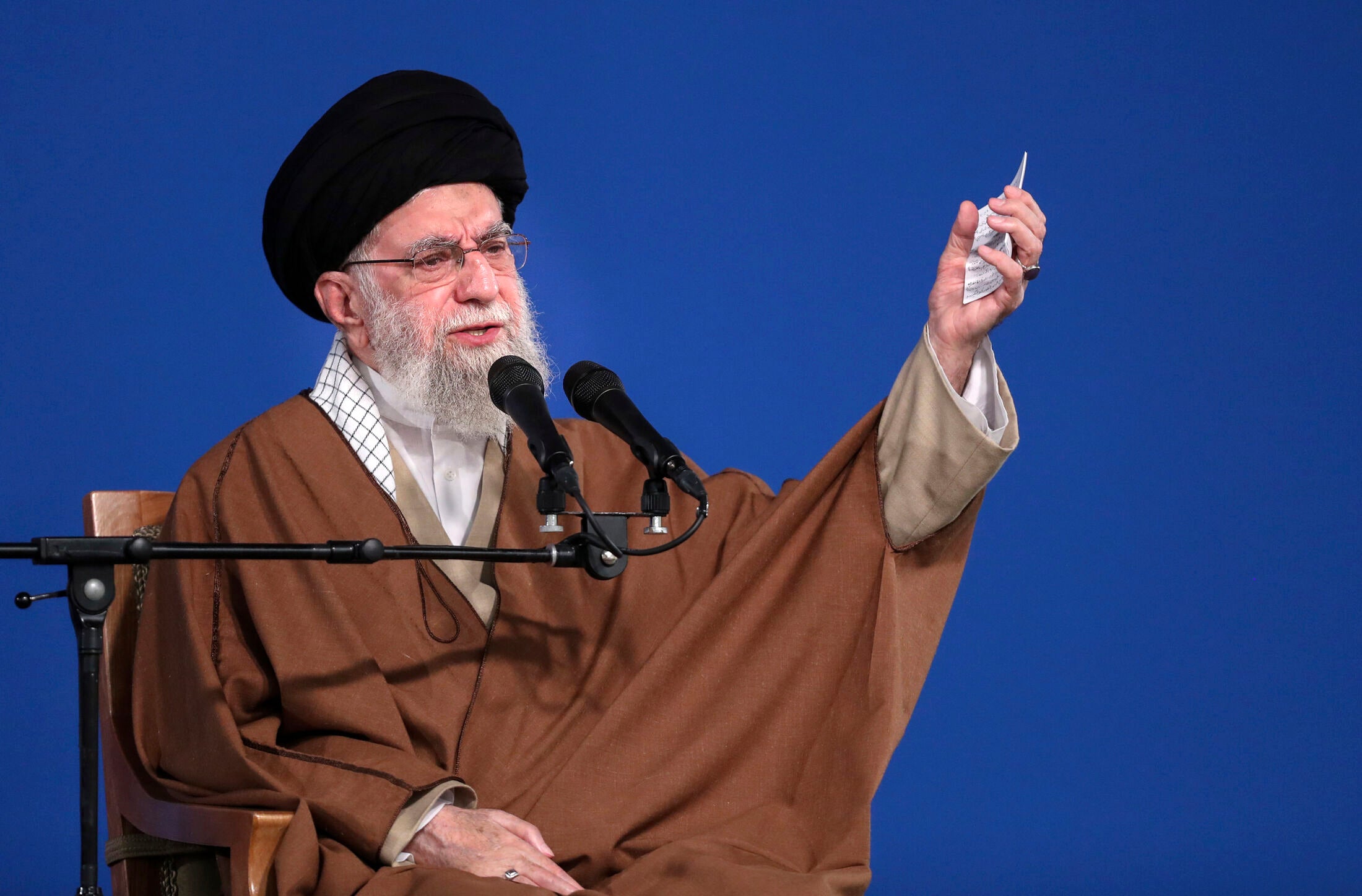
When he rose to power in 1989, Khamenei had to overcome deep doubts about his authority as he succeeded the leader of the Islamic Revolution, Ayatollah Ruhollah Khomeini.
A low-level cleric at the time, Khamenei didn't have his predecessor's religious credentials. With his thick glasses and plodding style, he didn't have his fiery charisma either.
But Khamenei has ruled three times longer than the late Khomeini and has shaped Iran’s Islamic Republic perhaps even more dramatically.
He entrenched the system of rule by the “mullahs," or Shiite Muslim clerics. That secured his place in the eyes of hardliners as the unquestionable authority — below only that of God.
At the same time, Khamenei built the paramilitary Revolutionary Guard into the dominant force in Iran’s military and internal politics.
The Guard boasts Iran’s most elite military and oversees its ballistic missile program. Its international arm, the Quds Force, pieced together the “Axis of Resistance,” the collection of pro-Iranian proxies stretching from Yemen to Lebanon that for years gave Iran considerable power across the region.
Khamenei also gave the Guard a free hand to build a network of businesses allowing it to dominate Iran’s economy.
In return, the Guard became his loyal shock force.
He fended off domestic challenges
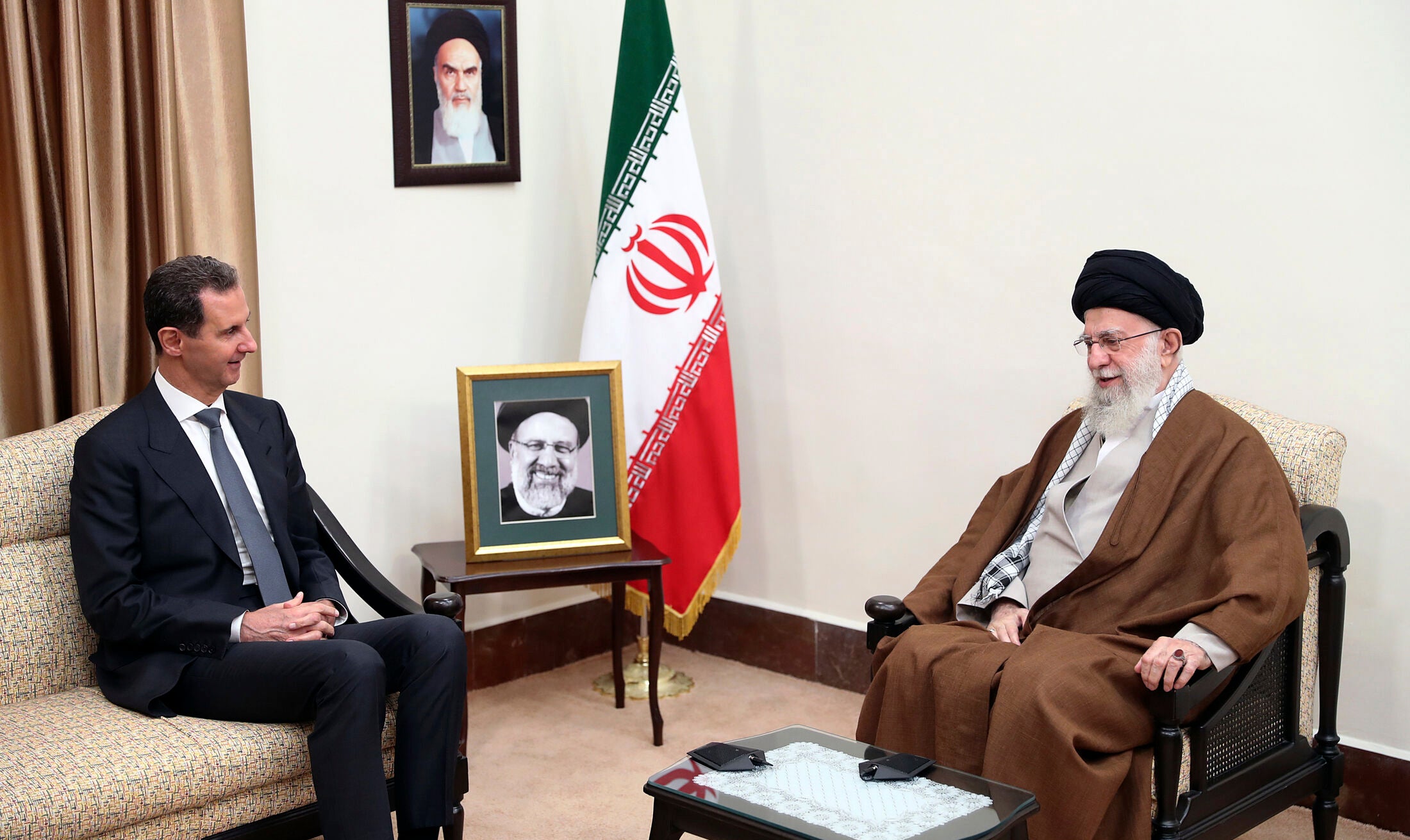
The first major threat to Khamenei’s grip was the reform movement that swept into a parliament majority and the presidency soon after he became supreme leader.
The movement advocated for giving greater power to elected officials – something Khamenei’s hardline supporters feared would lead to dismantling the Islamic Republic system.
Khamenei stymied the reformists by rallying the clerical establishment. Unelected bodies run by the mullahs succeeded in shutting down major reforms and barring reform candidates from running in elections.
The Revolutionary Guard and Iran’s other security agencies crushed waves of protests that followed the failure of the reform movement.
Huge nationwide protests erupted in 2009 over allegations of vote-rigging. Under the weight of sanctions, economic protests broke out in 2017 and 2019. More nationwide protests broke out in 2022 over the death of Mahsa Amini after police detained her for not wearing her mandatory headscarf properly.
Hundreds were killed in crackdowns on the protests, and hundreds more arrested amid reports of detainees tortured to death or raped in prison.
Still, the successive protests showed the strains in Iran’s theocratic system and lay bare widespread resentment of clerical rule, corruption and economic troubles. Trying to defuse anger, authorities often eased enforcement of some of the Islamic Republic’s social restrictions.
He built Iran into a regional power
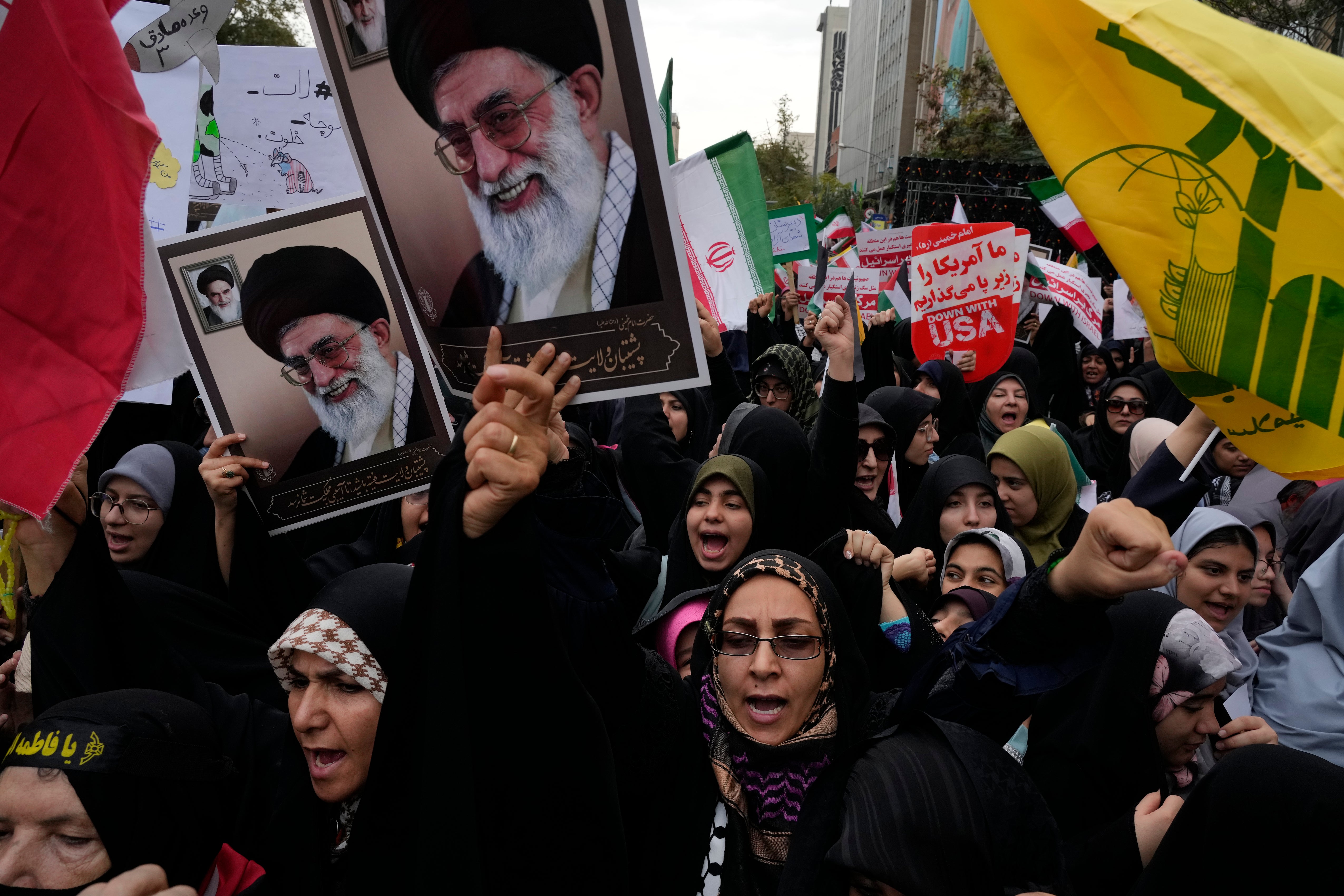
When Khamenei took power, Iran was just emerging from its long war with Iraq that left the country battered and isolated.
Over the next three decades, Khamenei turned Iran around into an assertive power wielding influence across the Middle East.
One major boost was the US’s 2003 ousting of Saddam Hussein, which eventually brought Iranian-allied Shiite politicians and militias to power in Iraq.
Iraq provided a linchpin in Iran’s Axis of Resistance, grouping Bashar Assad’s Syria, Lebanon’s Hezbollah, the Palestinian militant group Hamas and the Houthi rebels in Yemen. By 2015, the alliance was at its height, putting Iran on Israel’s doorstep.
The past two years brought a dramatic reversal
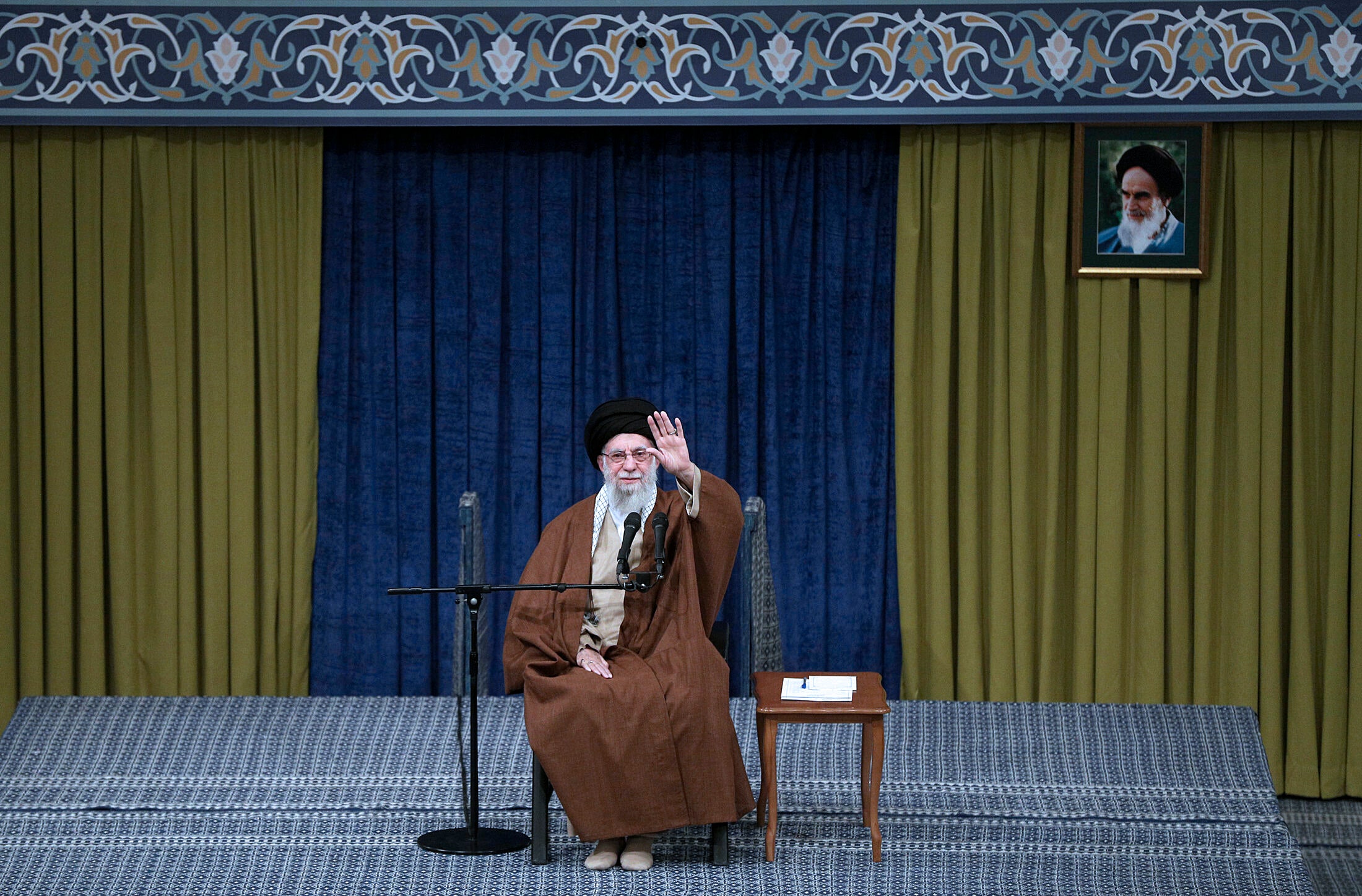
Hamas' Oct. 7, 2023, attack on southern Israel brought a massive Israeli retaliation on the Gaza Strip. It also brought a turnaround in Israeli policy.
After years of trying to fend off and tamp down Iran's allies, Israel made crushing them its goal. Hamas has been crippled, though not eliminated, even at the cost of the decimation of Gaza.
Israel has similarly sidelined Hezbollah — at least for the moment — with weeks of bombardment in Lebanon last year, along with a dramatic attack with booby-trapped pagers and walkie-talkies that stunned the group.
An even heavier blow to Hezbollah was the fall in December of Syria's Bashar Assad when Sunni rebels marched on the capital and removed him from power. Now, a government hostile to Iran and Hezbollah rules from Damascus.
Iran's Axis of Resistance is at its lowest ebb ever.

 4 hours ago
1
4 hours ago
1


.jpg?trim=0,0,0,0&width=1200&height=800&crop=1200:800)






